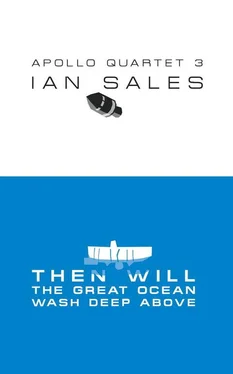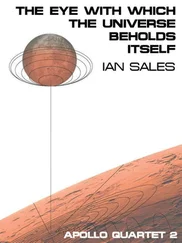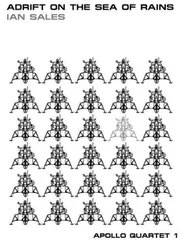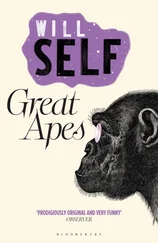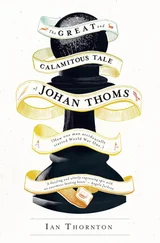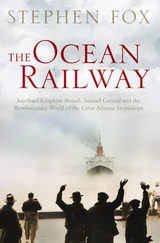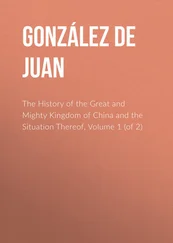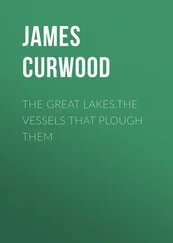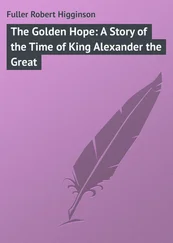On 11 October, during a third test dive, the Trieste II finally located the dummy bucket but lack of time meant they could not use the hook to retrieve it. Confident the hay hook would work as intended, they surfaced. Nine days later, the USNS De Steiguer reported it had found the missing bucket, and had taken photographs of it. The IOU immediately headed for the search zone, arriving on 2 November.
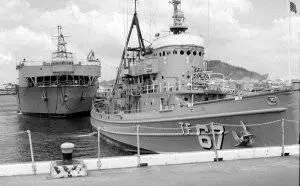
On 3 November, the aft dock well of the USS White Sands was flooded, the Trieste II was towed out in the Pacific, and the ten-hour-long pre-dive procedure began. This involved loading the float with 67,000 gallons of gasoline and 32 tons of steel shot. Each of the onboard systems was also thoroughly checked out. On 4 November, the USS White Sands headed for a position above the “zero dot”, the deep ocean transponder marking the bucket’s location, while the Trieste II began her descent. The dive ended at 2 am on 5 November without the bucket being located.
Bad weather then moved in, forcing the IOU to head for Pearl Harbour on 15 November. After a week in port, the USS White Sands , carrying the Trieste II , and the USS Apache returned to the search zone. Again weather intervened, and the next dive did not take place until 30 November. A leak in one of the shot releases gave the bathyscaphe a 25 degree list to port, making control of the craft difficult. A computer failure also resulted in a loss of navigation data. Despite this, the crew managed to locate the bucket. They were unable to retrieve it but instead planted a deep ocean transponder beside it.
Yet again, bad weather caused a delay. On 5 November, while towing the Trieste II , the bathyscaphe collided with the stern of the USS White Sands , and the towline became entangled with the ship’s port station-keeping propeller. While swapping towlines, the Trieste II was sent adrift by a swell, but was fortunately recaptured by the USS Apache . The IOU then returned to port for the Christmas period.
On 25 April 1972, the IOU was back in the search zone, and the Trieste II made its third dive for the sunken bucket. After a 210-minute search, the crew spotted the target. It took six attempts before the Trieste II managed to hook the bucket and lift it from the ocean bottom. Unfortunately, when it impacted the water, the bucket had split, opening the film stacks inside to the sea. As the bathyscaphe rose to the surface, lengths of film up to three feet in length began to break off.
After a nine-hour ascent, the Trieste II reached the surface, and a five-man dive team rushed to reach it. But by the time they arrived, the film stacks had disintegrated, leaving only seven strips of film between three and six feet in length. These were carefully transported to an Eastman Kodak processing plant in Rochester, New York, but the company was unable to salvage any usable imagery from them.
The Trieste II continued in active service with the Pacific Fleet until 1980. In May 1984, she was retired and moved to Submarine Development Group 1. In 1985, Trieste II was moved to the Naval Undersea Museum in Keyport, Washington, where she currently resides.
Picture credits: Trieste pressure-sphere (US Naval Historical Center); KH-4B Corona film recovery manoeuvre (National Reconnaissance Office); Trieste II in the USS White Sands ’ dock well (OAR/National Undersea Research Program); USS Apache and USS White Sands (US Navy).
On 9 April 1959, NASA introduced seven men to the world. They were the first American astronauts, the Mercury 7: Alan Shepard, Virgil ‘Gus’ Grissom, John Glenn, Scott Carpenter, Walter M Schirra, L Gordon Cooper and Donald ‘Deke’ Slayton. NASA wanted to beat the USSR to put a man into space, but the Soviets won when, on 12 April 1961, cosmonaut Yuri Gagarin orbited the Earth. Alan Shepard, the first American into space, made a sub-orbital hop on 5 May aboard the Freedom 7 Mercury spacecraft.
NASA had known for at least two years that the Soviets planned to put a woman into space, but showed no interest in matching the accomplishment, and in fact disingenuously insisted the organisation was not in a “race” with the USSR.
And yet, in late 1959, three separate schemes had set about evaluating women as astronauts.
In August of that year, fifty-eight-year-old pioneer aviatrix Ruth Rowland Nichols underwent centrifuge and weightlessness testing at the Air Research and Development Command at Wright-Patterson Air Force Base, Ohio. Although too old to ever be a serious candidate for astronaut, Nichols was determined to prove she had what it took.
In September 1959 at the annual Air Force Association convention in Miami, Florida, Brigadier General Donald D Flickinger, USAF and Dr W Randolph “Randy” Lovelace II were introduced to a young female pilot called Jerrie Cobb. Flickinger immediately realised she was an ideal candidate for his Project Woman In Space Earliest, also based at Wright-Patterson.
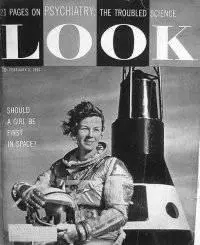
The third was a publicity stunt, arranged with NASA’s full cooperation. During October and November 1959, Betty Skelton, a famous aerobatic pilot and multiple record-holder—on her death in 2011, she still held more combined automobile and aviation records than any other person—underwent a series of tests by NASA scientists for Look magazine, who published the results in their 2 Feb 1960 issue under the title “Should a Girl Be First in Space?”. The article was not a serious attempt at determining Skelton’s fitness for the Mercury programme, although she did demonstrate she was a match for the male astronauts.
Unfortunately, when news of Nichols’ testing was made public, and she rightly pointed out the medical establishment’s lack of knowledge on the workings of the female body, Wright-Patterson Aeromedical Laboratory head Colonel John Paul Stapp (of rocket-sled fame) persuaded ARDC to close down Flickinger’s Project WISE. Stapp considered women physiologically and emotionally unable to handle spaceflight: “Economically, the cost of putting a woman into space is prohibitive, and strictly a luxury item we can ill afford.” One year later, finding it impossible to find work as a pilot and still dreaming of space flight, Nichols took her own life.
Unable to use the facilities at Wright-Patterson, Flickinger handed over Project WISE to Lovelace. On 14 February 1960, Cobb reported to the Lovelace Clinic in Albuquerque, New Mexico, and underwent the same six days of testing given to the candidates for the Mercury programme. NASA had already declared itself uninterested in Lovelace and Flickinger’s research, and so both were careful to explain to Cobb that selection for astronaut training was unlikely to follow completion of the tests. When Cobb passed, and in some tests scored better than the men, they asked her to provide the names of additional women pilots, partly in order to prove her results were not exceptional.
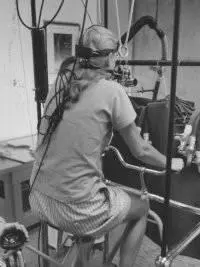
Between 17 January and 15 July 1961, eighteen women pilots were tested at the Lovelace Clinic. Twelve passed. Compare this with the male candidates—thirty-two were tested, eighteen passed (and seven were selected as astronauts). These thirteen women, referred to by Cobb as Fellow Lady Astronaut Trainees (FLATs) but later known as the Mercury 13, were under no illusion the tests they had taken would lead to selection by NASA.
Читать дальше
